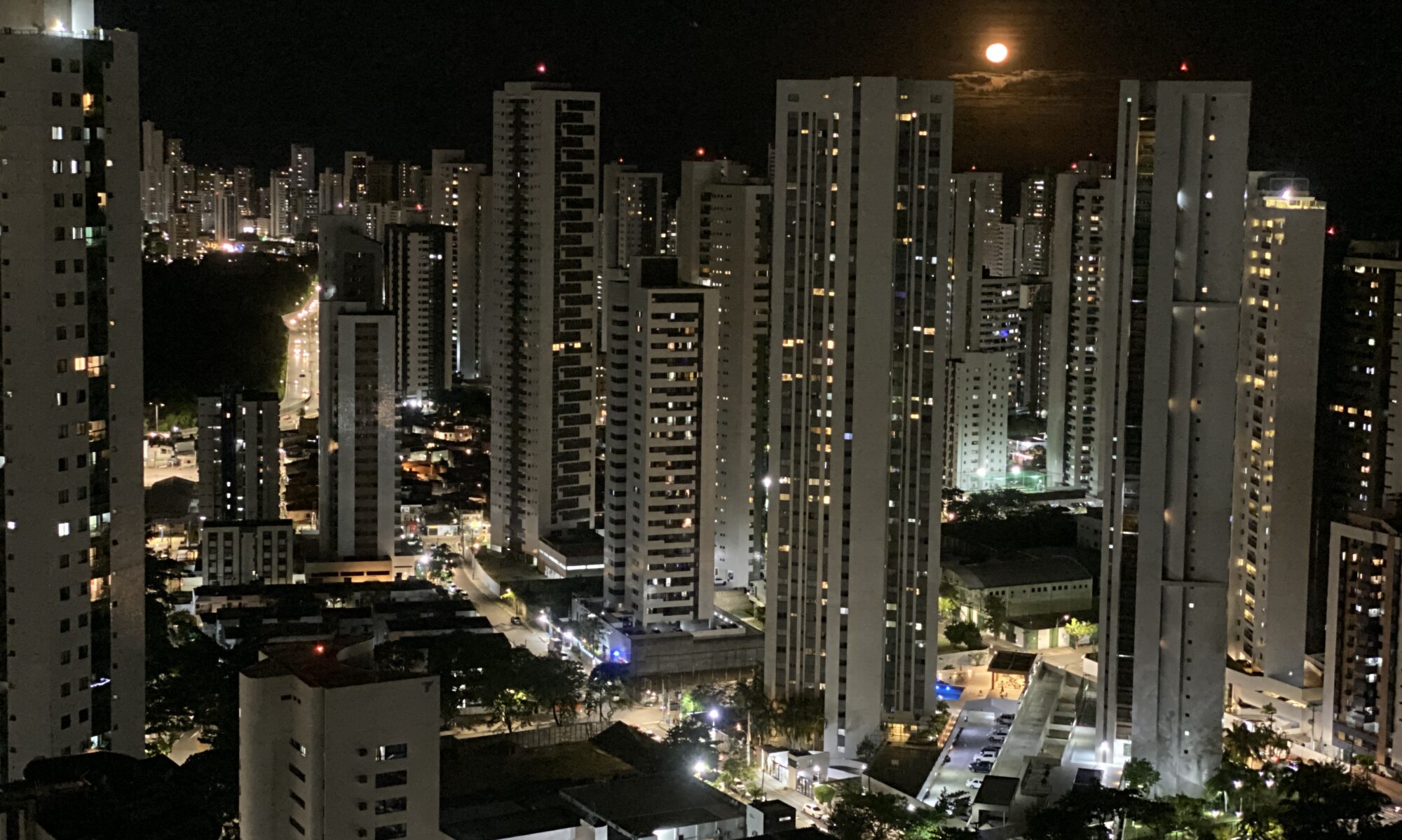In the early years of the twentieth century the city of Manaus, capital of Amazonas, became very wealthy and the most important cultural centre in the Northern Region of Brazil. The old rubber barons dreamed of transforming it into a European style city and called it “the Paris of the Tropics”. The architecture of the great mansions was a testimony to the luxury and ostentation in which their inhabitants lived.
A reflection of this period of opulence is to be found in the monuments of Manaus, such as the Amazonas Theatre, opened in 1896. Built with the aid of materials and artists brought from Europe, its central area, in the shape of a harp, can seat 640 people in the stalls. In 1965 it was declared part of the Brazilian national heritage and was reopened in 1996 after complete restoration. The city also retains replicas of various English constructions, such as the floating dock for the port and the surrounding buildings. The Palace of Justice has traces of the French architectural style, and many buildings, such as the Municipal Market, were influenced by the art nouveau style. Another example of period architecture is the Palácio Rio Negro, former seat of the state government.
With the end of the rubber boom, Manaus went into decline and only entered a period of renewed development in the 1950s. A turning point was reached in 1967, when the Manaus Free Zone was established by the federal government. From that date on, the capital of Amazonas has passed through great changes, becoming an important industrial centre for the manufacture of electrical and electronic goods.
Situated on the banks of the Negro river, Manaus is an important centre for ecological tourism. One of its most popular attractions is the Ponta Negra beach, 13 kilometres from the centre of the city, where, when the river is low, the sands are exposed right down to the river bed, forming a beautiful contrast with the dark waters of the river itself. There is also the forested area of the National Research Institute of Amazonia (INPA), a complex made up of the Botanical Gardens, rich in plant species from the Amazon region, and the Zoological Gardens, which contain various animal species of the region, including some on the verge of extinction.
For the visitor who wishes to learn more of the history and way of life of the Amazonian man, Manaus has several important museums: the Indian Museum, with its large collection of objects from the indigenous peoples of the upper river Negro; the Amazonia Natural Science Museum, where a large variety of embalmed animals and insects can be seen; the Museum of Northern Man, which has a collection of objects illustrating the way of life, customs and culture of the local people; and the Port Museum, with a collection of historical items, documents, plans and instruments belonging to the English who constructed the port zone in 1904.

